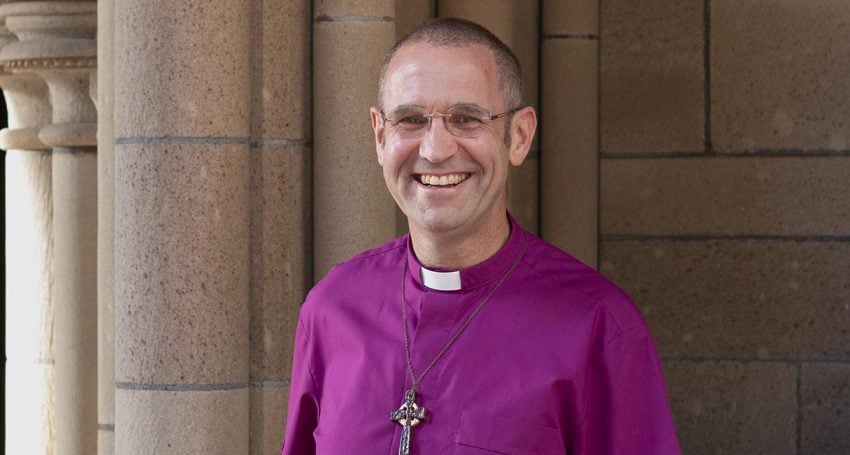Age matters
Reflections
“The world is about 4.5 billion years old and the universe is staggeringly upwards of 14 billion years old. The furthest thing you can see with the naked eye at night is 2.5 million light years away. All this is vast, as too is the God whom I believe in. I really am rather tiny in comparison. How wonderful is that!” says Bishop John Roundhill

The tiny lives that we live are generally measured in decades. The scale of the universe around us is colossal in comparison. The sun is about 150,000,000 kilometres away from the earth on average. Such distances are huge to write down and so people call this distance “1 AU” (1 astronomical unit) so, for example Jupiter is 5.2 AU away from the Sun (on average). The other way to measure distances is by how long it takes light to cover that distance. It takes 8.3 minutes for light to get from the Sun to the Earth and Jupiter is 34 light minutes from the Sun.
Advertisement
The furthest thing we can see in the sky with the naked eye is the Andromeda Galaxy, which is a staggering 2.5 million light years away from Earth. If you do get to see Andromeda without a telescope (it is not the easiest thing to see in the sky) the light you are seeing left that galaxy 2.5 million years ago.
These numbers make my life, here in Brisbane, seem both tiny and curiously awesome.
It is not just the distances in the universe that are huge, the time scales are, too.

Earthrise over the lunar horizon from Apollo 8: The mission returned the first live television coverage of the lunar surface on 24 December 1968 (Image: NASA)
The Earth is about 4.5 billion years old, a staggeringly long period of time. It is something of a marvel that we know how old the Earth is.
Bishop James Ussher (1581-1656) famously dated the Earth’s commencement to have happened in 4,004 BC, about 6,000 years ago. It is with modern geology that the Earth’s age starts to lengthen. The processes that we see around us in the rocks and glacial valleys need millions of years to form, and geologists James Hutton and Charles Lyell, in the late 1700s and 1800s, started suggesting that the Earth’s age was in the millions of years. It is with modern physics and the physics of radioactive decay, that the age of the Earth broadens to billions of years.
Advertisement
Why this matters from a theological point of view is that we live in a world where some Christians think the world is a few thousand years old and other Christians (myself included) think it to be billions of years old. The difference in opinion is vast. If the world is not as old as science shows, then a number of theological, and associated moral or justice, consequences emerge.
If, for example, as some Christians believe, the Earth is only thousands of years old and thus dinosaurs did not exist millions of years ago, I have to wonder how they explain dinosaur fossils.
Also, some Christians still believe that human beings did not evolve from earlier hominids and that evolution does not explain how we arrived at where we are now. Christians who dismiss evolution usually turn to Genesis 2 to explain this. Reading this chapter of Genesis as historical fact suggests that women are subservient to men as a matter of created order.
And lastly some Christians believe that the earth is only about 6,000 years old, so it is no wonder that they object to the claim that the Indigenous peoples of this country have been part of a continuous society for up to 65,000 years.
The world is about 4.5 billion years old and the universe is staggeringly upwards of 14 billion years old. The furthest thing you can see with the naked eye at night is 2.5 million light years away.
All this is vast, as too is the God whom I believe in. I really am rather tiny in comparison.
How wonderful is all that!





